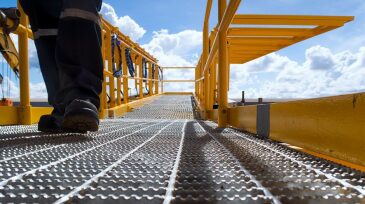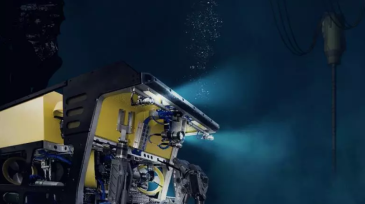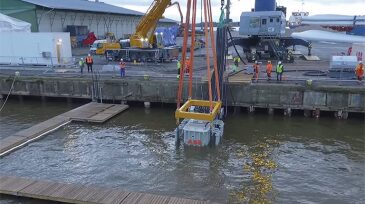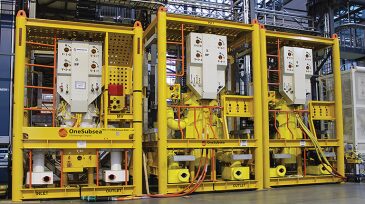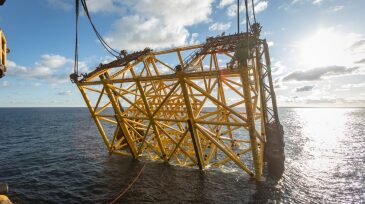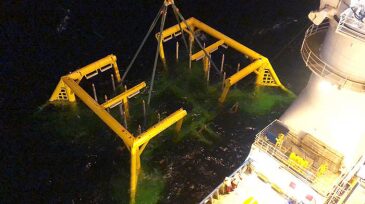offshore
-
Anchored by the Khaleesi-Mormont and Samurai fields, the King’s Quay FPS will receive and process up to 80,000 B/D of crude oil.
-
A ring of at least five people targeted syntactic foam, a key material for deepwater oil drillers that also has military and commercial uses.
-
The subsea tieback is expected to start up in 2021. This is Shell’s second major development on a tieback in the US Gulf of Mexico, following Kaikias’ startup in May.
-
The complete paper highlights elements of the technical development and an overview of the primary building blocks of the system, and presents in detail some of the challenges in developing, designing, and testing the control system.
-
The first subsea multiphase boosting system was installed in 1994. Since then, it has grown into a technology with a global track record.
-
Lundin reports that the hookup and commissioning of installed facilities at the large North Sea field is progressing as planned. Phase 1 startup is still scheduled for November.
-
The Neptune-operated project is on track to start drilling later this year, with first oil scheduled for the end of 2020. The Norwegian North Sea field is expected to produce 30,000 BOE/D at its peak.
-
The Italian operator reported positive appraisal and exploration results from wells drilled some 10,000 km apart.
-
UK operator Trident Energy is entering Brazil while Australian firm Karoon Energy is expanding its position in the country. Both will try to boost output from already-producing assets.
-
One of the company’s pipelay and construction vessels will install rigid and flexible pipelines for Equinor’s Peregrino Phase 2 project, adding an estimated 273 million bbl of recoverable oil to the field.

